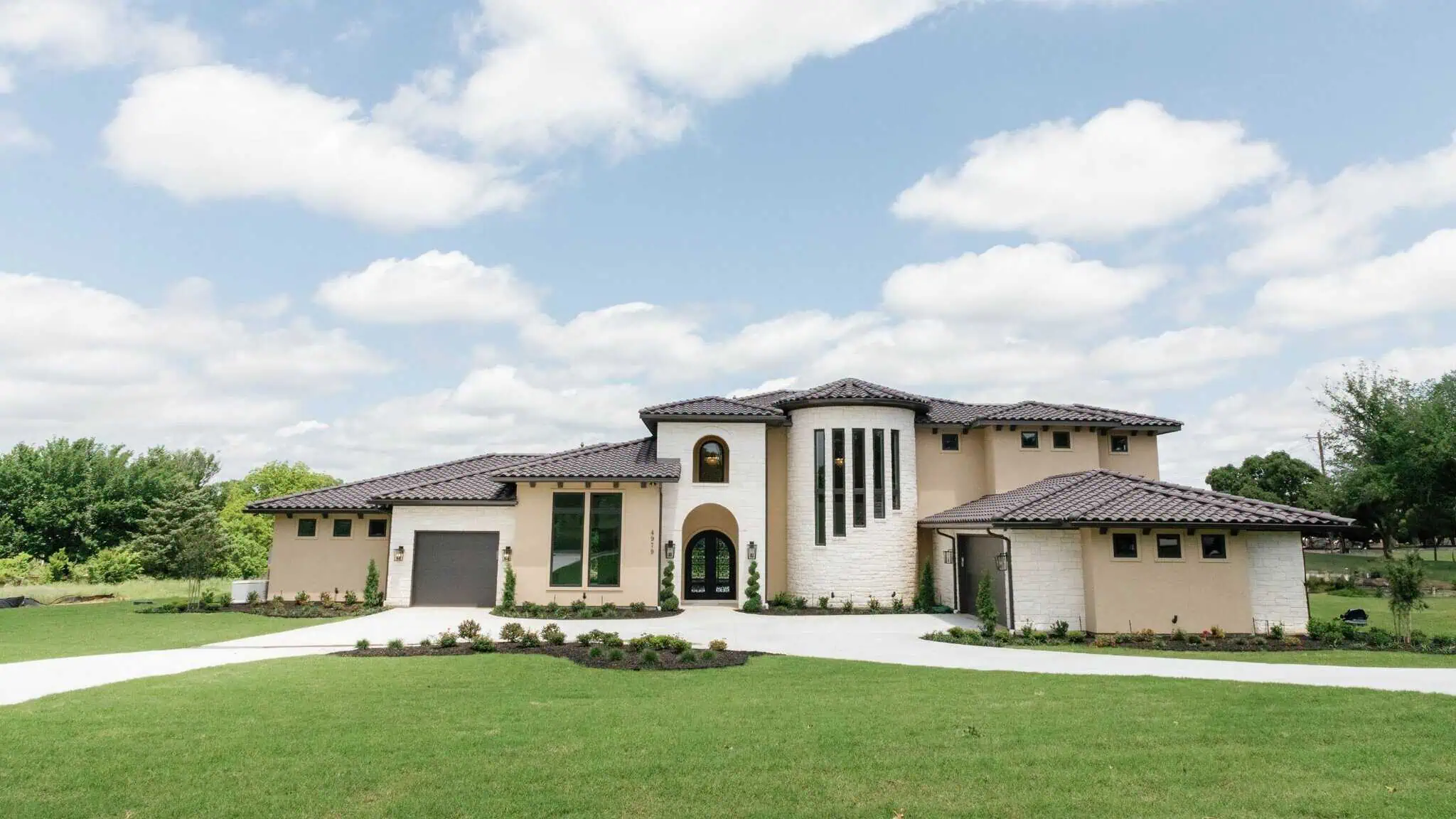Maybe you’ve seen the perfect plot of land. Quiet street. Nice trees. Just the right distance from town. You’re already picturing where the kitchen will go. Maybe even thinking, “We’ll have Thanksgiving here next year.”
But hang on.
Because before you fall in love with a piece of land, there’s one question that can save you a whole lot of money and frustration:
Is it a buildable lot?
Can you actually build the house you want on it?
Most folks don’t ask that soon enough. And that’s where the trouble starts.
To give you an idea, I’m working with a homeowner right now who bought a lot, hired an architect, and spent tens of thousands on plans.
Then she brought those plans to me. First thing I asked was, “How’s the septic going to work on this lot?” It didn’t take long to confirm what I was afraid of:
There wasn’t enough room for both the house and a septic system.
So now, we’re back at the drawing board. Either the house has to get smaller, or it’s going to have to become a two-story to make it all fit.
And this is the lesson most learn the hard way:
A Lot May Look Good But That Doesn’t Mean It’s a Buildable Lot
You’d be surprised how many people buy land without asking a builder to take a look at it first.
They work with a realtor, maybe even an architect, but nobody brings in a builder until it’s too late — when the money’s already been spent, the plans are already drawn, and reality hits hard.
Because the truth is, not every lot is a buildable lot.
And if you’ve ever driven through an older neighborhood and seen one lone empty lot sitting there untouched? There’s probably a good reason nobody’s ever built on it.
There are a handful of things that can either complicate the build or make it cost way more than expected:
- Topography: Is the lot level? If not, you’ll need to bring in dirt, build retaining walls, or pour a stepped foundation. All of which cost money.
- Utilities: Is there water and electricity? Sewer or septic? If it’s not already there, you’ll need to pay to bring it in. And that can get real pricey, especially if you’ve got to run lines halfway to Oklahoma.
- Septic Space: If the lot isn’t on city sewer, you’ve got to account for where the septic system will go. And it needs space. More than most folks realize.
- HOA and Deed Restrictions: Some HOAs have strict guidelines — minimum or maximum square footage, required roof pitch, or even architectural styles. And sometimes there are deed restrictions outside the HOA that limit what can be built (or even if anything can be built at all).
I’ve seen people hire architects and get beautiful plans drawn up, but the home isn’t buildable on the lot they bought.
Why?
Because architects aren’t builders. They’ll draw what you ask for. But they don’t always dig into septic needs, topography challenges, or deed restrictions. They might check with the HOA, but that’s usually the extent of it.
And if no one catches the red flags early, you could spend $50,000.00 or more on a design you can’t even use.
My advice?
Walk the Lot With a Builder Before You Buy
If you’re serious about building a custom home — especially on a lot you already own or are thinking about buying — do yourself a favor:
Talk to a builder before you buy.
Confirming it’s a buildable lot can save you from future headaches.
Even if you’re working with a great realtor, that’s not their job. They might know how to help you find a lot, but they don’t know if the land is actually ready to build on.
That’s why early conversations with a builder are worth their weight in gold. You might still end up building on that lot, but you’ll do it with both eyes open and a clear plan in place.
A good builder can walk the lot with you, flag potential issues, and help you figure out if what you want to build is even possible, before you spend a dime on design.
The bottom line?
If you’re dreaming about building on your own land, here’s the simplest way to avoid an expensive mistake:
Don’t buy the lot, then figure it out later.
Figure it out first. Walk it with a builder. Ask the hard questions. And make sure the land fits your house — not the other way around.
Want to Know What to Ask Before You Build?
I’ve put together a free guide to help you avoid the biggest pitfalls, before they cost you time, money, or sanity.
7 Things You Must Know Before Designing a New Home
Inside, you’ll find:
- What to check before you buy land
- Design traps that cost homeowners thousands
- And how to avoid the most common (and avoidable) surprises
It’s short, practical, and built for folks who want to build smart from the start.
Grab your free copy here and ensure your dream home is built on a buildable lot, making your vision a reality without costly surprises.
Read about the journey of Victor. Victor Myers Custom Homes proudly partners with NAHB, TAB, and Dallas BA.


